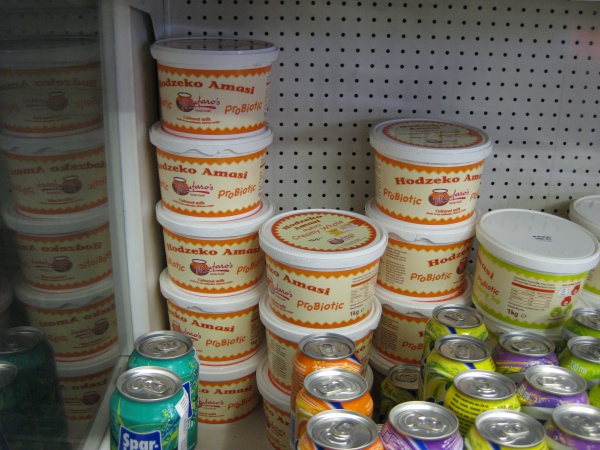Facts About Amasi
Amasi, also known as "mafi" in Sesotho, is a cherished fermented milk product enjoyed in South Africa and Lesotho. It has a flavor reminiscent of cottage cheese or plain yogurt. Traditionally, amasi is made by fermenting unpasteurized cow's milk in a calabash container or hide sack. This process produces a watery substance called umlaza and a thick liquid known as amasi. People often serve amasi over mealie meal porridge (pap) or umphokoqo, but it’s also delicious on its own. For a traditional touch, it's commonly enjoyed from a clay pot using wooden spoons.
In commercial production, amasi is made with specific bacterial strains such as Lactococcus lactis subspecies lactis and Lactococcus lactis subspecies cremoris. In South African culture, particularly among the Zulu people, amasi is more than just a dietary staple—it’s believed to promote strength and health. There are certain cultural taboos surrounding its consumption, such as avoiding it during menstruation or following contact with death.
The Zulu phrase "kwafa igula lamasi" conveys a sense of hopelessness or dashed expectations, illustrating how deeply ingrained amasi is in the language and culture. Historically, amasi even played a role during apartheid; Nelson Mandela once had to flee a hiding place because the smell of fermenting milk could have revealed his location to the authorities. Amasi has also found its way into South African Indian cuisine, where it is used in a manner similar to curd.

 Namibia
Namibia